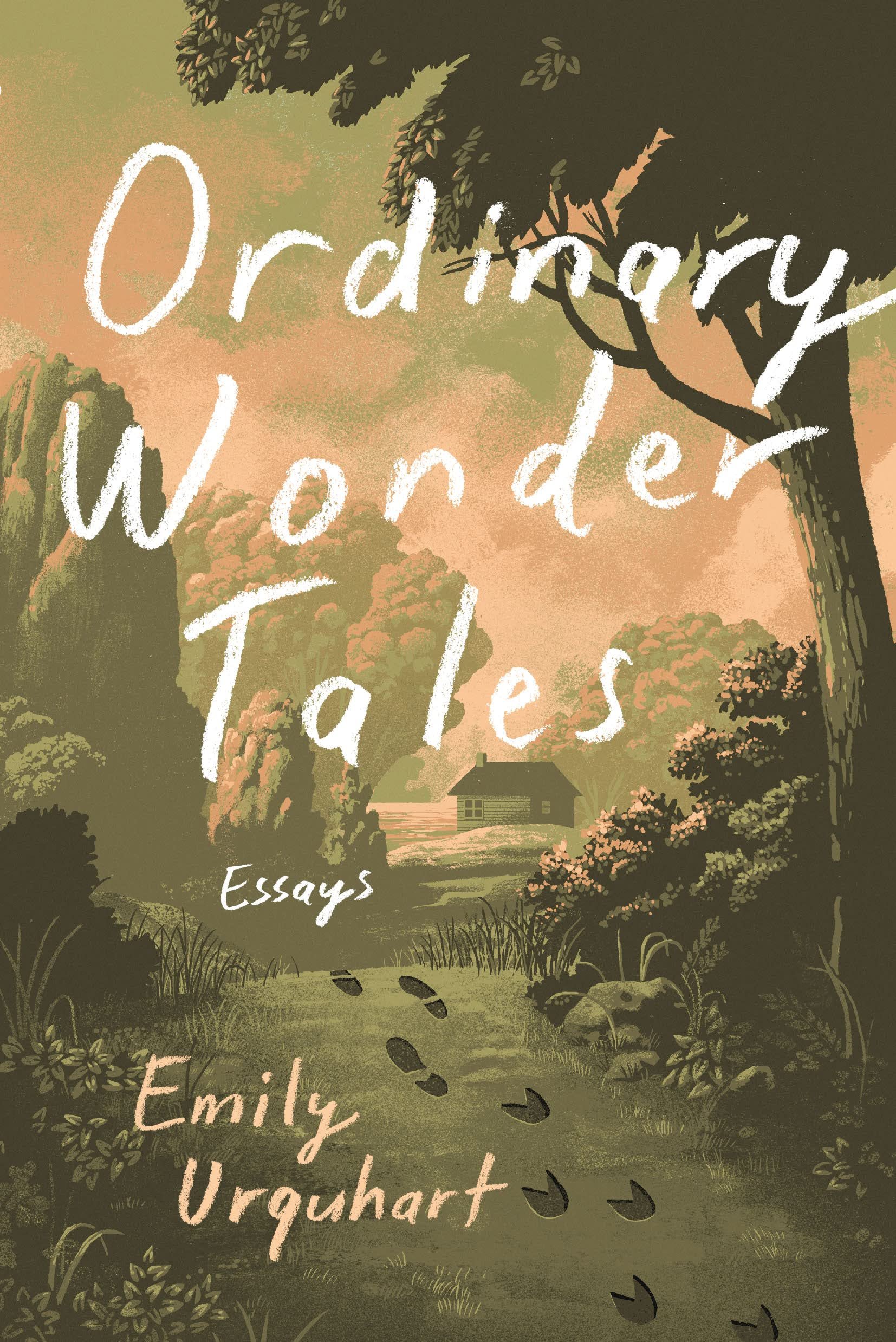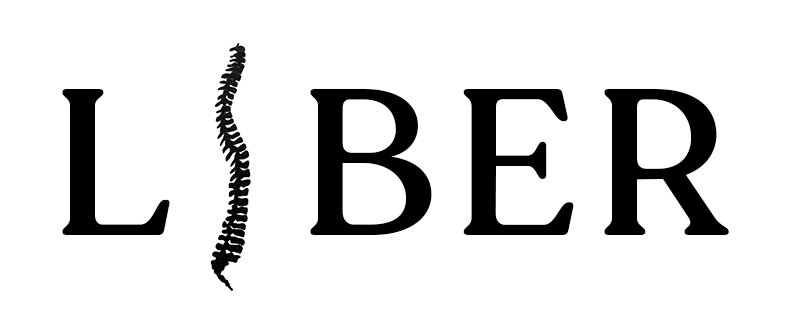
IN 1846, THE British writer William Thoms coined the compound word folklore to describe “the traditional beliefs and customs of the common people,” replacing prior terms popular antiquities or popular literature. Lore in this coinage derives from learning or instruction to evoke the way in which this body of shared knowledge is passed along orally among the folk who practice it.
Within the category of folklore nests the subcategory of folktales: the assorted narratives that have been informally handed down from a group’s ancestors to its younger generations. This category can include myths and legends, jokes and proverbs, adventure yarns and ghost stories, and, of course, fairy tales. Connotatively, these days, to describe a given narrative as a folktale is to imply that it’s unscientific or unprovable, made-up and fanciful and, therefore, false.
But in her third book, Ordinary Wonder Tales, a collection of ten essays on everything from nuclear contamination to ectopic pregnancy to visions of dead loved ones, Canadian journalist and folklorist Emily Urquhart seeks to productively blur the line between fact and fiction, reality and imagination. As she elucidates in an interview, “Baked right into the term folklore is that you’re supposed to understand it is something that is untrue. But I find actually that the truth is in those stories, it’s at the heart of the stories. And you don’t have to believe that this magic woman came and gave me three seeds, and then I had three tries to solve my problem” because, rather, “you’re supposed to look at what the story is trying to tell you.”
Urquhart, who earned her PhD in folklore from Memorial University of Newfoundland, opens the collection with “The Matter,” her own ghost story or, really, “personal haunting tale.” A strategically perfect beginning, the essay leaps back and forth between the supernatural and the rational. At three years old, Urquhart encounters a ghost while staying in an eighteenth-century stone house in the small village of Flavigny-sur-Ozerain in Burgundy, France, during her father’s sabbatical from his job as a fine arts professor. The word for ghost in French, she observes, is revenant, “meaning those who return from the dead, but the spirit that entered my room at night was not human. . . . Most of the time, it was a vague outline, darker than the darkness of the room,” and “it vibrated with energy and had a fluid inconsistent form,” filling her with “a cross between solemnity and terror.”
From there, Urquhart gracefully weaves in Swiss psychologist Jean Piaget’s theories on magical thinking and childhood, the oral histories of other people who stayed in the haunted bedroom, and the work of her former professor Diane Goldstein, “an extreme cultural relativist, meaning that she aims to understand beliefs and their accompanying behavior without judgment.” In doing so, Urquhart arrives at the conclusion that “matter forms our physical world, but that stories shape the rest,” an elegant argument that drives the collection.
URQUHART’S FIRST BOOK, 2016’s Beyond the Pale: Folklore, Family, and the Mystery of Our Hidden Genes, recounts the story of her daughter Sadie, born with albinism, a diagnosis which sets Urquhart on a quest to better understand not only her own child but also the wide range of cultural beliefs surrounding this rare—and alternately stigmatized and exoticized—condition.
Her next book, 2018’s The Age of Creativity: Art, Memory, My Father, and Me, questions the widely held assumption that artistic output declines with age by examining her painter father Tony Urquhart’s career, once more blending memoir and the social sciences to unearth complicated truths.
Here again in Ordinary Wonder Tales, Urquhart stylishly combines her personal experiences with her academic expertise, leading to a reading experience that feels entertaining and casual yet also edifying. In “Lessons for Female Success,” for instance, she draws illuminating parallels among her own assault and robbery while working as a newspaper reporter in Kiev, the 305 songs collectively known as the Child Ballads—“sung poems rooted in the oral tradition of the British Isles dating back to the fifteenth century,” almost all of them centered on sexual violence—and Law and Order: Special Victims Unit, which also features sexually violent crimes primarily perpetrated against women. Many of the premises in both the show and the songs are “outrageous and implausible, but the advice that might be gleaned from each is universal: trust your instincts; question everything; don’t get comfortable; if something seems off, then it probably is; not everyone is who they seem.” Even if the stories themselves are not, strictly speaking, real, the need for cautionary tales and instructions for survival in a capricious and misogynistic world certainly is.
Urquhart arrives at the conclusion that “matter forms our physical world, but that stories shape the rest.”
As the book’s epigraph from Marina Warner’s Once Upon a Time: A Short History of Fairy Tales explains, an “alternative term for ‘fairy tale’ is ‘wonder tale’ from the German Wundermärchen, and it catches a quality of the genre more eloquently than ‘fairy tale’ or ‘folktale.’ Although it does not enjoy the currency of ‘fairy tale,’ ‘wonder tale’ recognizes the ubiquitousness of magic in the stories.”
Urquhart looks with generous curiosity at the magic that infuses the everyday occurrences that comprise most human lives. In the title essay, she writes movingly of her graduate school fieldwork among the saltbox houses of a deteriorating fishing village on Canada’s Atlantic Coast, a place where the original inhabitants were driven out by poverty and rich summer visitors swooped in to scoop up their abandoned properties. Using Russian structuralist Vladimir Propp’s Morphology of the Folktale, Urquhart considers how the traditional role of the “villain” in a folktale manifests in different forms over time and across cultures, acknowledging that “it might seem strange that I was graphing the plot points and character roles of fairy tales onto the stories that long-term tourists told about arriving in the cove,” but
. . . it’s not such a stretch that these two different styles of narratives would align. I’ve always felt that the term fairy tale doesn’t quite capture the essence of these stories. Yes, they feature magical characters, but next to none of them are fairies. I prefer the term wonder tale, which is Irish in origin, for its suggestion of awe coupled with narrative. In a way, this is most of our stories. We tell ordinary wonder tales every day.
It’s a testament to Urquhart’s own formidable storytelling skill that each of her essays inspires a quiet awe. Steady and unshowy, her voice calmly overlays detail upon detail, source upon source to construct plot tension and character. What does any given story mean in the end? As often as not, she says “that’s up to me and you.” As her essay about the pandemic, “The Plague Legends,” shows, the purpose of legends is not to boil down to any single, agreed-upon, immutable meaning. Instead, “plague tales are collective and personal; the experience of plague is both intimate and universal.” Rather than being fact-checkable historical documents, these stories serve the purpose of helping survivors to process and commemorate all that they’ve gone through.
Similarly, regardless of whether a person believes in a life beyond this one, in “Years Thought Days,” which is about her father’s slow and heartbreaking decline into dementia, Urquhart’s framing of the mental lapses that beset him as “visits he took to the otherworld” feels revelatory.
Mapping the realm of the metaphysical, as folklorists seek to do, is by nature an imprecise art. Yet the hunger that humans possess for talismans and prayers, rituals and ceremonies, gossip and narrative remains undeniable. Urquhart makes the intangible and ineffable qualities of belief a bit more visible, revealing the little ways we enchant ourselves into our understandings of what it means to live and die.

